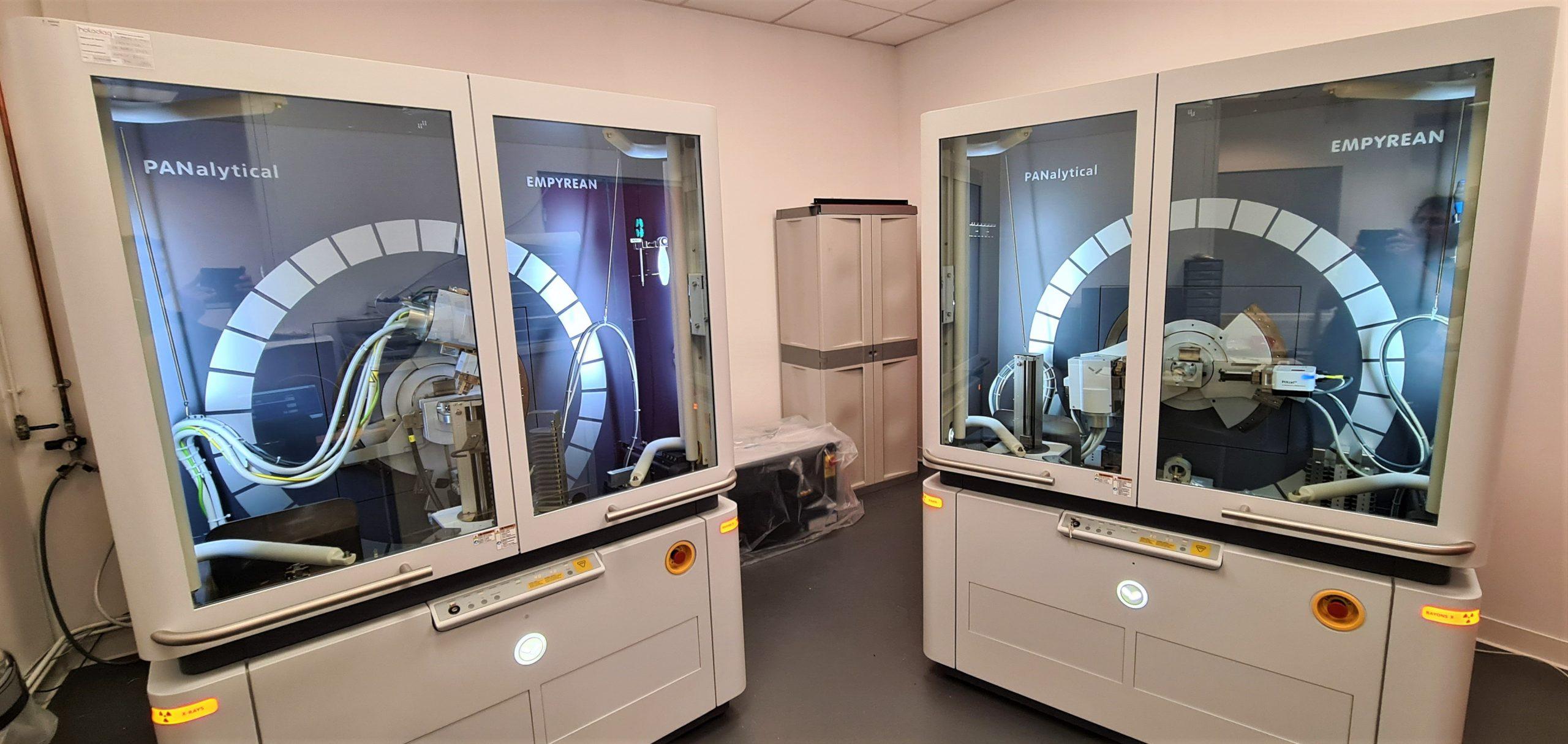Meet the twins !
New investment
A second X-Ray Powder Diffractometer from Malvern Panalytical has joined Holodiag‘s lab !


The research tax credit (CIR) is a fiscal support scheme for French companies’ R&D activities. It allows them to finance a part of their R&D and innovation activities. Holodiag holds the certification. Feel free to ask us for our certificate.
Strict confidentiality, engaged to best-in-class customer support
Dedicated team committed to open communication at all stages
Strong expertise in polymorphism, enantiomer separation, thermodynamics & phase diagrams
Industriazable and scalable crystallization processes at laboratory scale
15+ years dedicated to solid state and crystallization
Strict quality control for services in line with customer requirements
Customer exclusivity and strong IP protection
EP/USP/ICH as reference rationals, supporting data for your IMPD/DMF